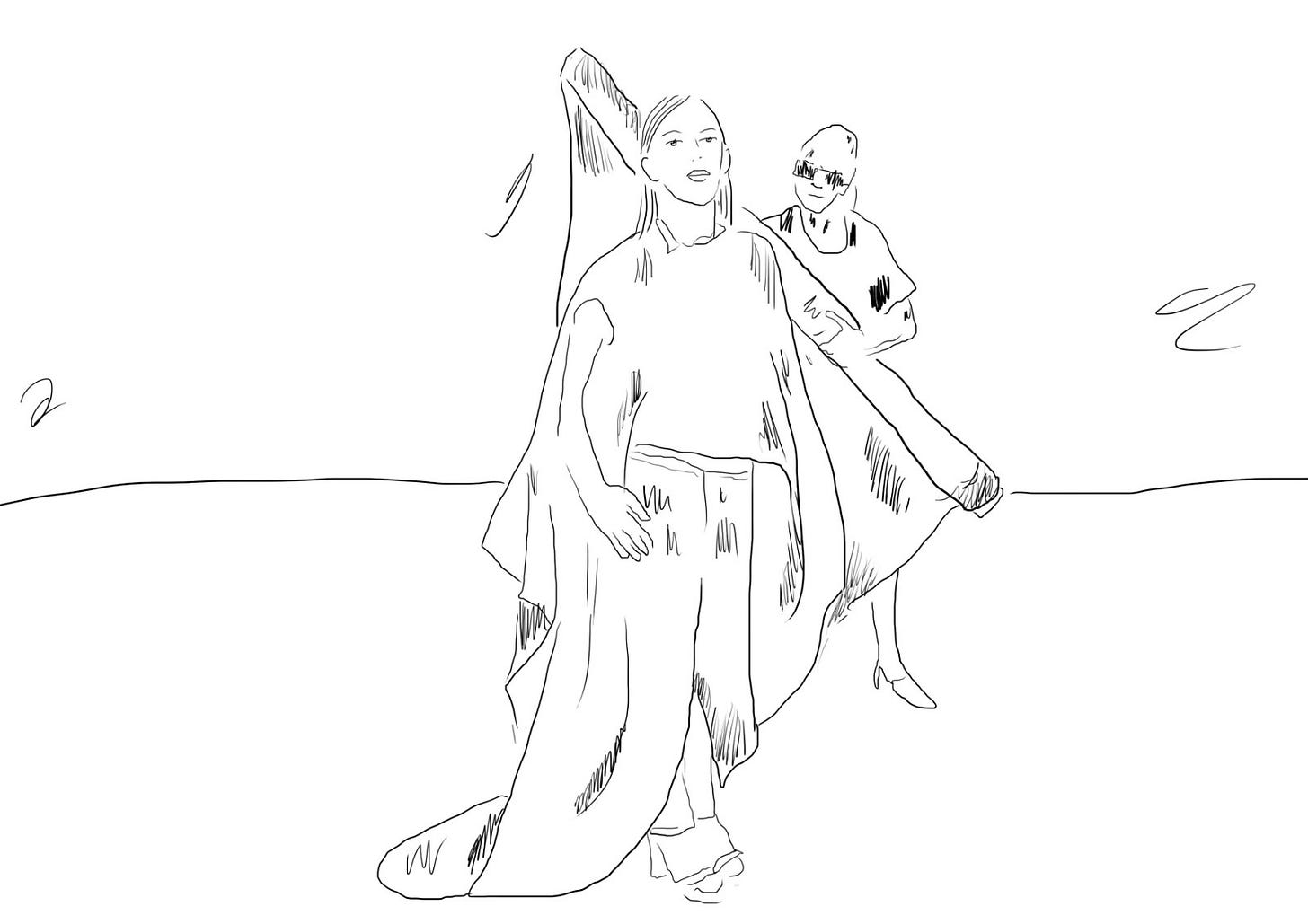It’s time independent designers get fair compensation for red-carpet looks
Exposure still doesn’t pay the rent
When Charli XCX took the stage the other week for her album release party in London, she was wearing a custom bright green coloured hoodie designed by Timothy Gibbons. It was hand dyed multiple times to mimic BRAT’s eye-catching shade and embellished with stones for a “diamanté raver” take on the designer’s signature snatched waist style. The hoodie took about 20 to 25 hours to make, but for Timothy, it was worth every second: “Nothing really comes close to that feeling of getting to dress someone you’ve been a stan of for years,” Gibbons says. “Especially that first moment seeing them in the look.” Both the look and the moment – a celebration of what will seemingly be the album of the summer – was beamed around the world through fans’ phone screens, providing a massive amount of exposure for a young designer still finding their foothold in the industry.
It all came about when Charli’s stylist, Chris Horan, reached out to Gibbons to create a custom piece and the pair worked together on the design. “We had a call and locked in the style and colours pretty quickly, as the timeline was tight,” the designer says. “It was a commission – everything was custom,” and so he was paid outright, and in full. In many ways, this process mirrors that which goes into styling a celebrity for the red carpet, though for the most part, designers are not paid for those looks. The gowns – almost always requiring multiple fittings and customizations – are typically loaned (read: worn for free), save for rare commissions. They front all of the shipping and alteration costs. Whether it’s Loewe, Prada or a young designer like Eden Tan, whose award-winning fabric roll garments made their red carpet debut at Cannes, the payment comes in the form of exposure. This isn’t fair.
We’ve decided to investigate: Why aren’t designers being compensated fairly for red carpet looks? And what can we do about it?




